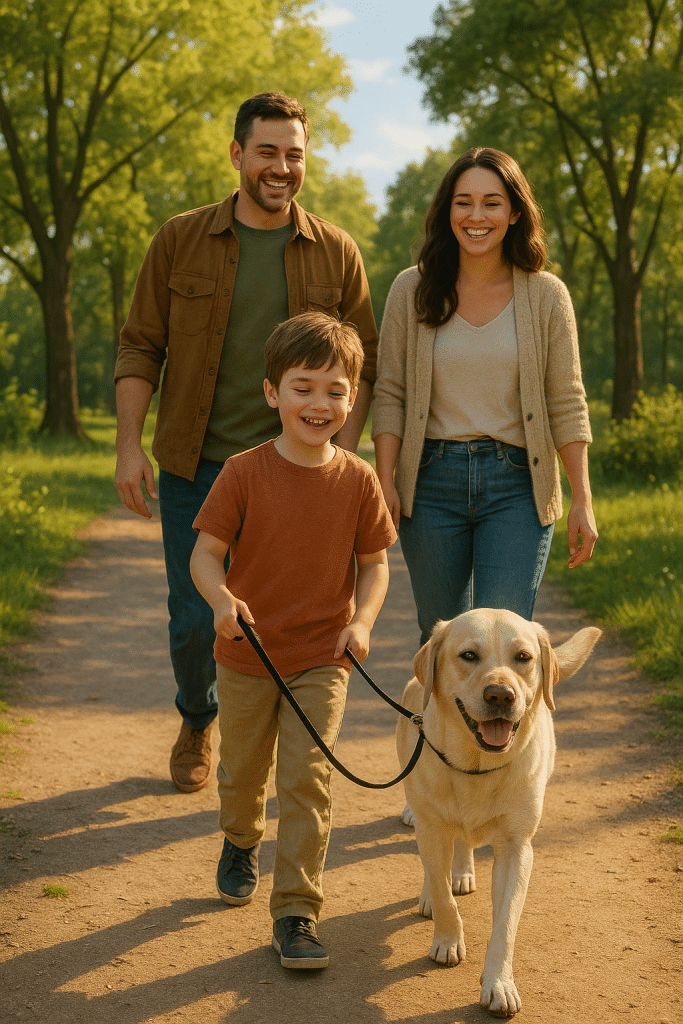Leash training a dog is one of the most important foundations for ensuring safety, obedience, and enjoyable outings with your furry friend. Whether you’re welcoming a playful puppy into your home or adopting a rescue dog with past anxieties, leash training can feel challenging yet deeply rewarding. I’ve seen firsthand how effective techniques and patience can transform tense walks into graceful strolls filled with mutual trust. This article will guide you through everything from understanding why leash training matters to choosing the right equipment, and navigating breed-specific challenges with proven, positive reinforcement methods.
Throughout this detailed, step-by-step guide, you’ll discover expert advice tailored for pet owners and families who want to make leash training a positive experience for their dogs. We’ll discuss tackling common problems like pulling and anxiety, the best training environments, and how to progress from indoor practice to controlled outdoor walks. Let’s embark on this journey, ensuring every walk becomes a fun and safe adventure with your beloved companion!
Understanding the Importance of Leash Training
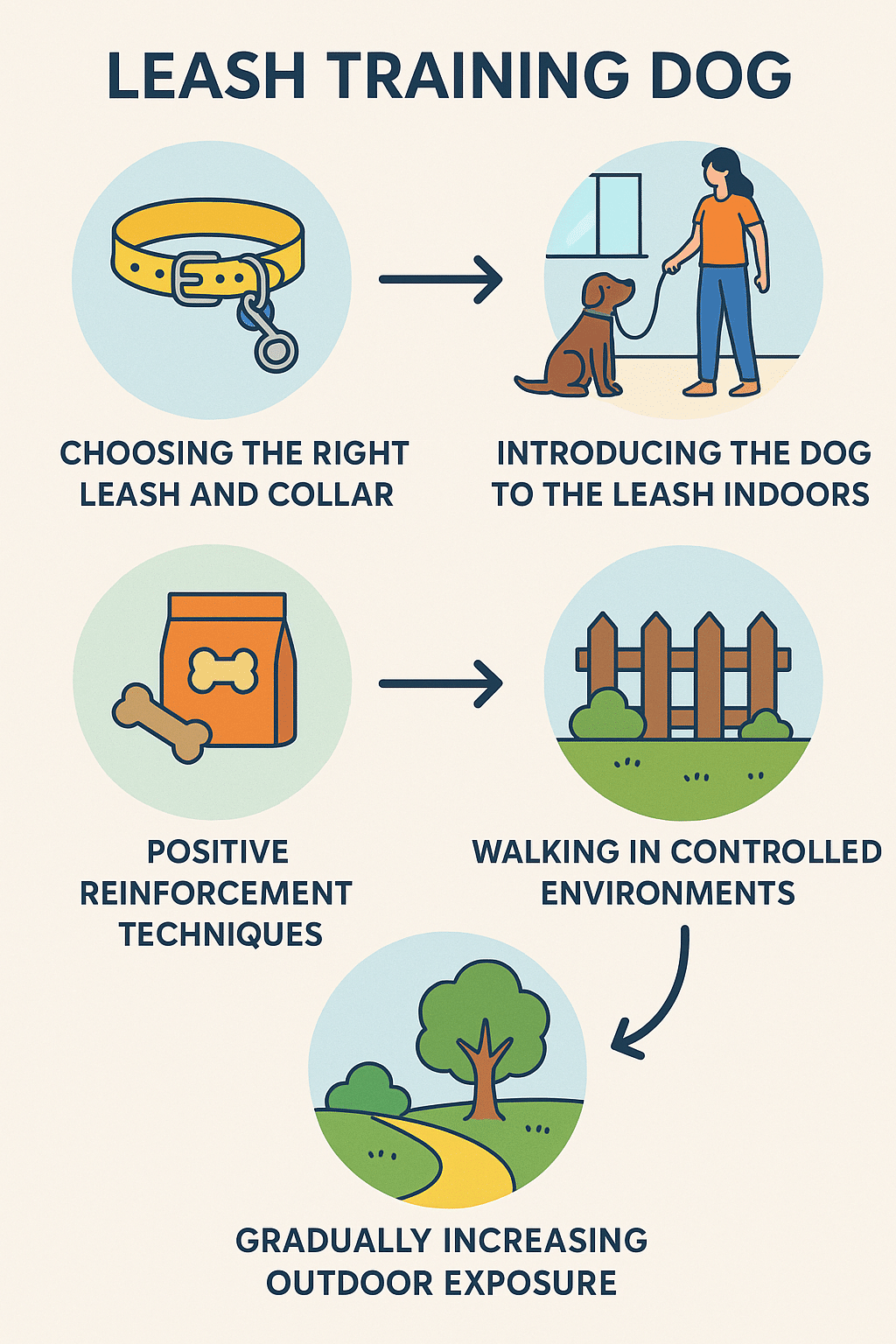
Why Leash Training Matters for Safety and Socialization
Leash training isn’t just about controlling your dog; it’s a critical safety measure that protects both your dog and those around them. Dogs, even the most well-meaning, can get startled by sudden noises, other animals, or traffic. When properly leash trained, you maintain control that prevents accidents and injury.
Beyond safety, leash training fosters socialization by enabling you to introduce your dog to people, other pets, and new environments calmly. Imagine walking your dog in a busy park: a well-leash-trained dog will respond to your cues even amid distractions, making encounters more enjoyable for everyone.
How Leash Training Builds Trust and Confidence
Leash training is as much about building your dog’s confidence as it is about teaching obedience. A dog that feels secure on a leash trusts that you’ll guide and protect them. Conversely, their calm behavior in return reinforces your role as a caring leader, strengthening the human-canine bond. With time, a dog gains confidence outside the home since they know how to respond to commands and realize that their environment is predictable when they’re with you.
Choosing the Right Equipment for Leash Training
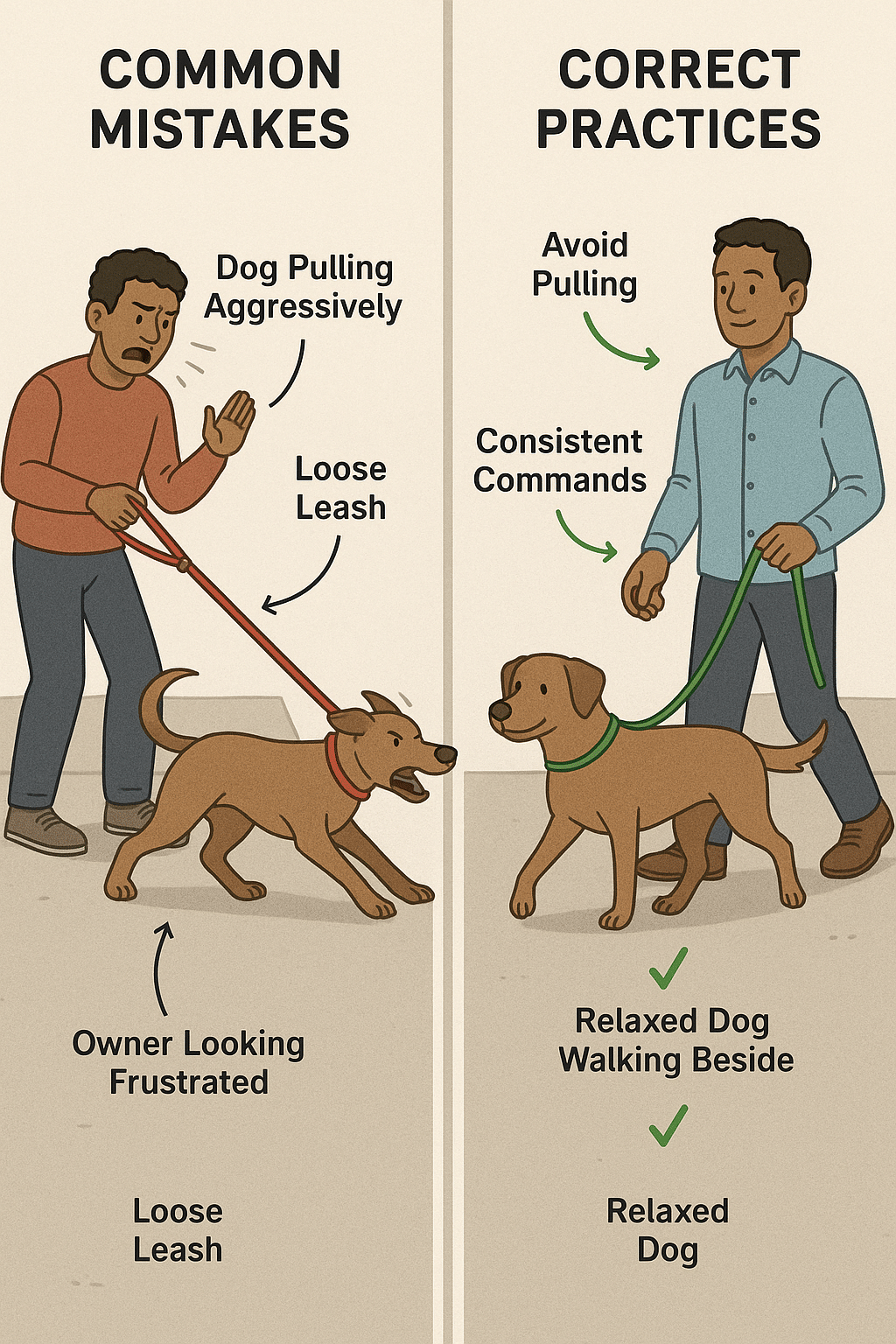
Leash Types: Standard, Harness, and Why to Avoid Retractable Leashes
Choosing the correct leash is your first big step. Standard leashes—usually 4 to 6 feet long made of nylon or leather—give just the right length to control your dog while allowing some freedom. Harnesses, particularly front-clip types, can be an excellent alternative because they reduce pulling by redirecting your dog’s forward momentum.
Avoid retractable leashes during training. While they might seem convenient, these leashes encourage pulling and lack control in busy or dangerous areas. Retractable devices don’t give clear boundaries, confusing dogs in their learning process.
Selecting Proper Leash Length and Collar or Harness Based on Breed and Behavior
Length matters. For leash training, 4 to 6 feet is ideal. Too long, and you lose control; too short, and your dog may feel restricted. For breeds prone to pulling—like Huskies or Labradors—a harness with front clips provides better management. Smaller or calmer breeds often do well with a flat collar, but be cautious not to use choke chains or prong collars, which cause pain and fear rather than learning.
Benefits and Drawbacks of Collar vs Harness in Leash Training
Collars offer simplicity and are great for dogs without pulling issues. They allow quick attachment of ID tags but can put stress on a dog’s neck if pulling occurs. Harnesses distribute pressure over the body, improving comfort and control. However, some dogs may initially resist harnesses or feel uncomfortable with bulky designs, so finding a lightweight, adjustable model is key.
Preparing Your Dog for Leash Training
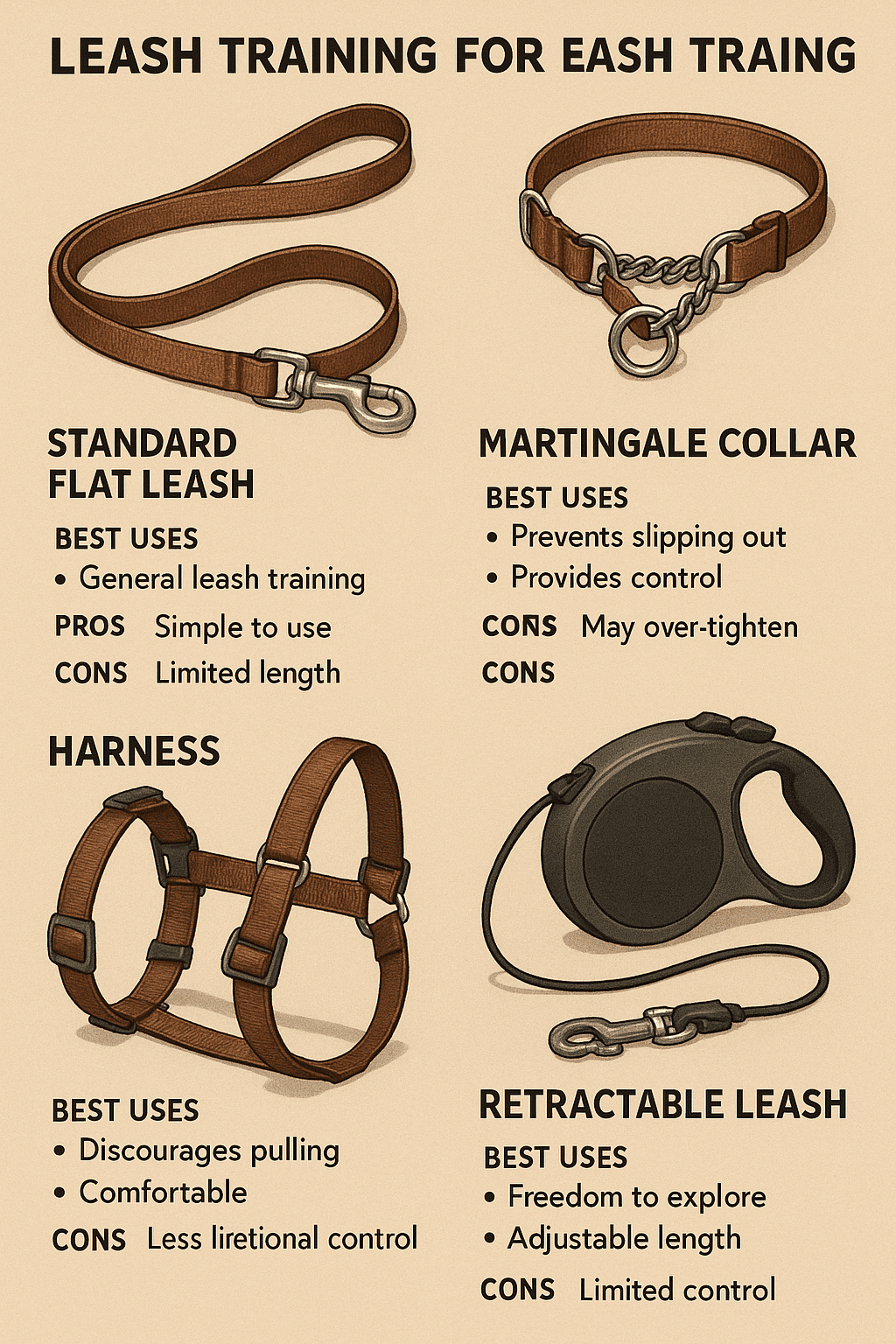
Introducing the Collar or Harness Indoors
Before heading outside, introduce your dog to the collar or harness in a relaxed indoor setting. Let your pup sniff and explore the gear. Put it on for short periods during positive activities like feeding or play. This helps associate the harness or collar with good experiences, reducing resistance later.
Familiarizing Your Dog with the Leash Before Training
Attach the leash indoors and allow your dog to drag it around under supervision. This can lessen fear or confusion about an unfamiliar object attached to their body. Play games or offer treats while the leash is on so your dog learns it’s not a threat.
Creating a Low-Distraction Environment for Initial Training Sessions
Start leash training in a quiet room or backyard with minimal distractions to maintain your dog’s focus. A calm environment lets you reward attention and correct behaviors efficiently before introducing the many stimuli of the outdoors.
Step-by-Step Leash Training Techniques
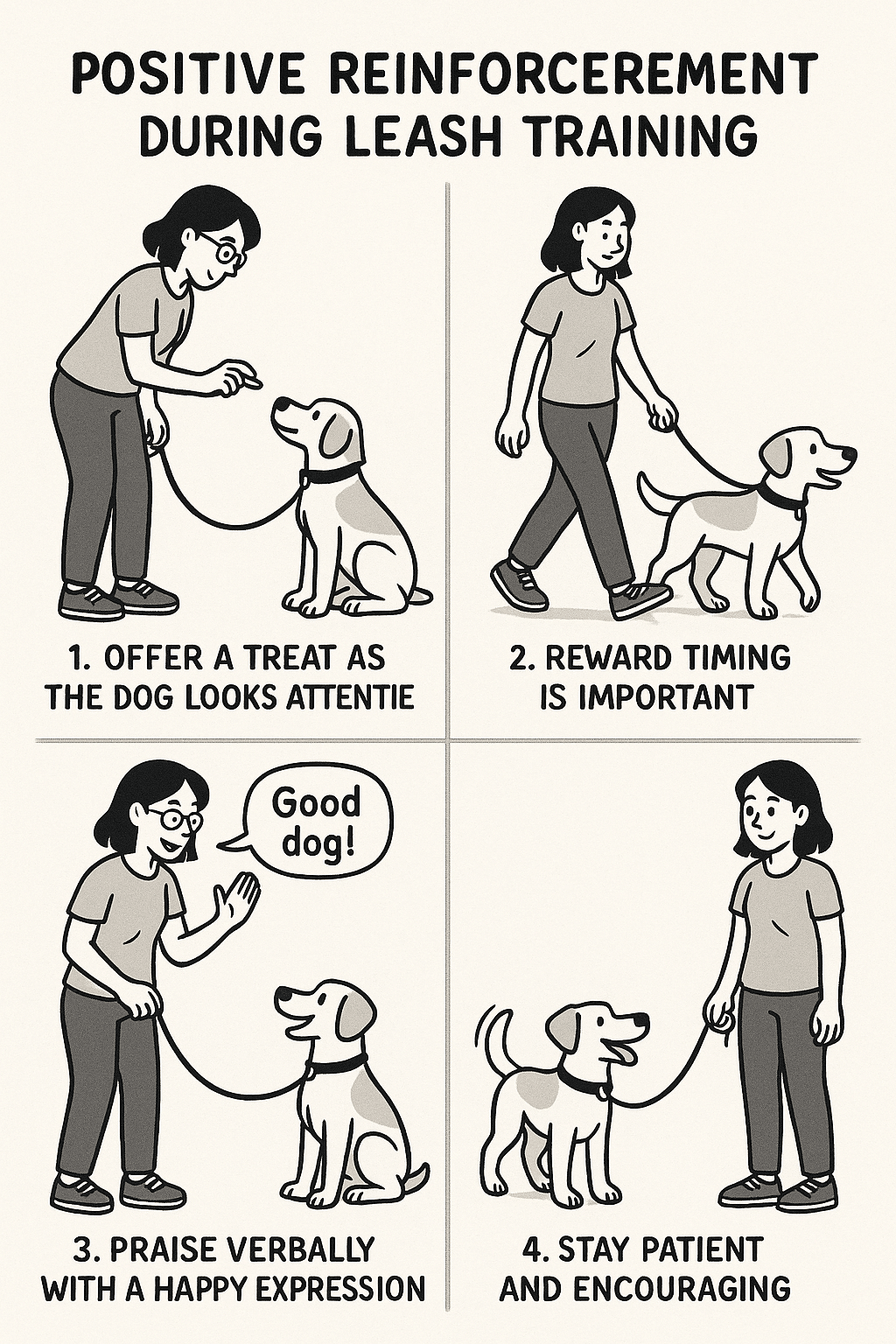
Starting Indoors: Using Positive Reinforcement and Clicker Training
Inside, put on your dog’s collar or harness and leash. Use treats and a clicker (if you have one) to reward your dog for walking calmly beside you. Clicker training lets your dog know exactly when they perform the right behavior. Short, frequent sessions work best — aim for 5-10 minutes several times a day.
Teaching Your Dog to Walk on a Loose Leash
How to Use Treats and Commands to Encourage Walking at Your Side
Hold treats close to your side to lure your dog to walk alongside you. Use clear commands like “let’s go” or “heel,” rewarding and praising each step your dog walks without pulling. When your dog pulls, stop moving immediately. This teaches them that pulling stops the fun walk.
Gradually Progressing to Outdoor Walks and Managing Distractions
Once your dog is comfortable walking calmly indoors, move outside to quiet streets or a fenced yard. Keep sessions short, and consistently reward desirable behavior. Use a calm tone and remain patient with distractions like squirrels or other dogs. If excitement escalates, redirect attention with treats or commands before things get out of control.
Handling Common Challenges: Pulling, Lunging, and Leash Anxiety
Strategies to Stop Pulling Without Punishment
Instead of harsh corrections, try gentle redirection. When your dog pulls, change direction suddenly to surprise them and regain attention, or stop walking until they return to your side. Another effective tool is the front-clip harness, which discourages pulling by turning your dog toward you.
Managing Anxiety and Distractions in Busy Environments
For anxious dogs, gradually expose them to busier areas using desensitization—start far from distractions, motivate with treats, and slowly close the distance over multiple sessions. Calming products such as anxiety wraps or pheromone sprays can supplement training. Always move at your dog’s pace to avoid overwhelming them.
Breed-Specific Considerations in Leash Training
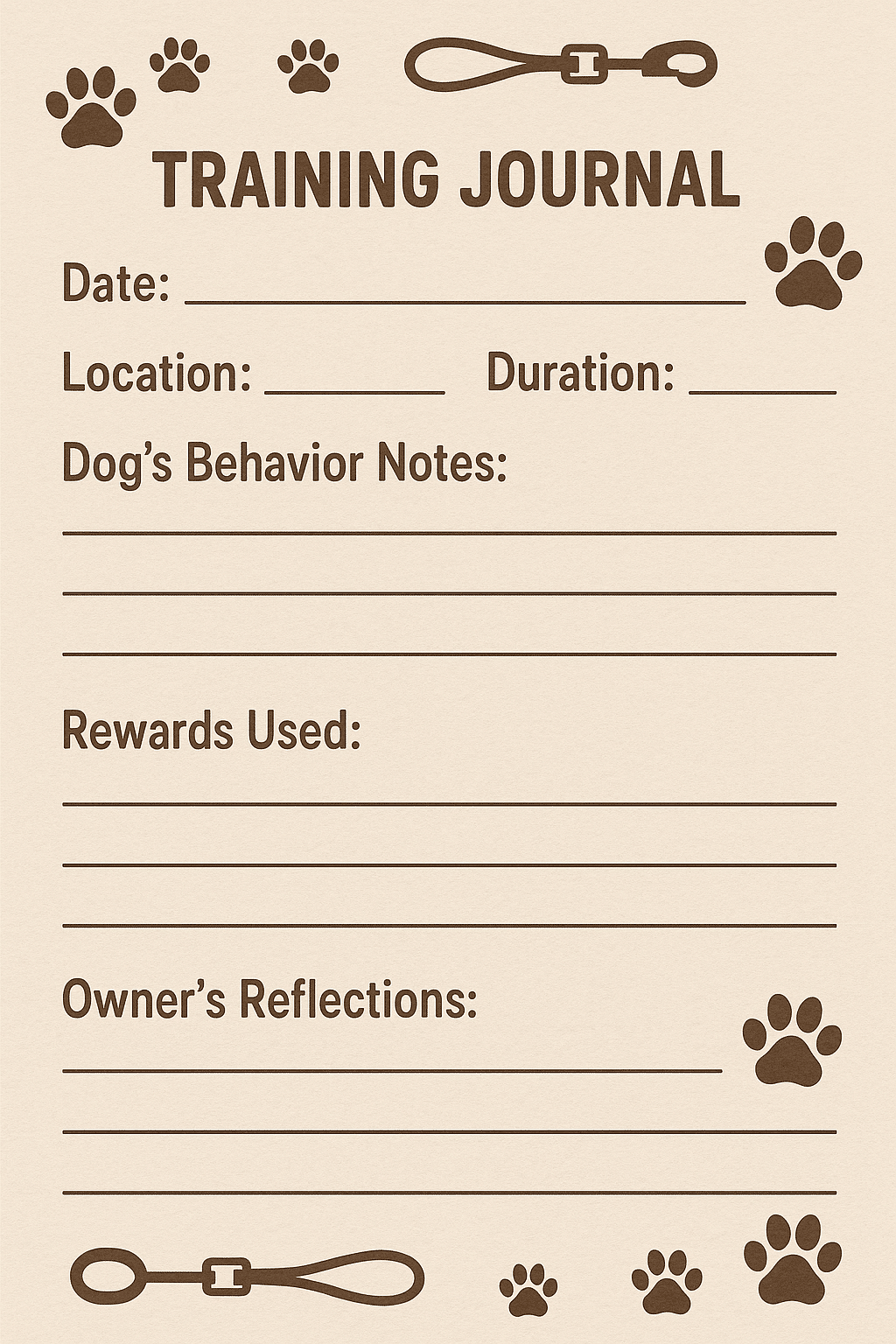
High-Energy vs Calm Breeds: Tailoring Training Approaches
High-energy breeds like Border Collies or Jack Russell Terriers require more exercise and mental engagement during leash training. Incorporate play breaks and challenging commands to burn off excess energy. Calm breeds, such as Bulldogs or Bassets, may progress slower but benefit from consistent, gentle encouragement.
Understanding Breed Temperament and Its Impact on Training Duration and Methods
Some breeds are naturally independent or stubborn (think Afghan Hounds or Basenjis), requiring extra patience and creative motivation like varied treats or toys. Others may be more eager to please (Golden Retrievers or Labradors), making positive reinforcement straightforward. Knowing your dog’s temperament helps tailor training plans that hold their interest.
Incorporating Obedience Commands to Enhance Leash Training
Teaching Heel, Stop, Sit, and Wait During Walks
Leash training becomes much easier when your dog listens to basic commands. “Heel” keeps your dog beside you, while “stop” or “wait” prevent rushing ahead unexpectedly. “Sit” and “wait” during crosswalks teach self-control. Practice these commands regularly with treats and praise until they become second nature.
Combining Verbal Cues and Hand Signals for Clear Communication
Dogs respond well to mixed cues. Accompany verbal instructions with consistent hand signals—like an open palm for “stop” or a flat hand to signal “wait.” This helps dogs understand commands from a distance or in noisy surroundings.
Maintaining Consistency and Patience During Training
Setting a Regular Training Schedule
Training doesn’t happen overnight. Establish a daily routine that includes several short leash training sessions. Consistency helps your dog anticipate learning times, reducing anxiety and reinforcing good habits.
How to Avoid Common Mistakes That Undermine Training Efforts
Many owners unknowingly reward pulling by moving forward when the dog pulls, confusing the dog. Avoid punishment that instills fear, like yelling or leash jerks. Lastly, don’t rush transitions from easy to challenging environments—progress gradually.
Using Treats and Rewards Effectively
How to Gradually Fade Treats Without Losing Attention
Initially, treats serve as powerful motivators. Over time, begin alternating treats with praise or toy rewards, fading food reliance without losing engagement. This balance encourages lasting obedience without the need for continual food bribes.
Alternative Rewards: Praise, Toys, and Play
Some dogs are better motivated by enthusiastic praise, belly rubs, or favorite toys than treats. Rotate rewards to keep your dog’s excitement high, making training sessions enjoyable and varied.
Managing Special Cases: Rescue Dogs and Dogs with Leash Anxiety
Approaches to Build Trust and Reduce Anxiety Before Leash Training
Rescue dogs often carry fears or negative associations with leashes. Build trust slowly by spending quiet time together, rewarding calmness with treats. Introduce the leash at your dog’s pace, never forcing or rushing.
Tailoring Sessions for Sensitive or Stubborn Dogs
Sensitive dogs benefit from extra patience and gentle encouragement, while stubborn dogs respond to more engaging games or puzzle toys as rewards. Shorter, focused sessions help maintain motivation.
Structuring Walks for Long-Term Success
Planning Routes and Walk Duration to Reinforce Positive Behavior
Choose walking routes suitable for your dog’s energy level and training stage. New learners do best on familiar, quiet routes before branching out. Adjust walk times based on breed and age, balancing training with exercise.
Incorporating Play Breaks and Socialization Opportunities
Include breaks for sniffing, play, and socializing with other dogs or people, making walks fun and enriching. Positive social experiences on leash deepen your dog’s comfort and behavior outside the home.
Tips for Pet Owners and Families: Creating a Positive Experience with Your Dog
Involving Children and Other Family Members in Leash Training
Leash training is more effective and fun when all family members participate. Teach children how to hold a leash safely and use commands consistently. This shared responsibility strengthens the bond everyone has with the dog.
Understanding Your Dog’s Body Language and Signals
Paying attention to your dog’s body language can prevent issues before they arise. Signs like paw lifting, yawning, or stiff posture often mean discomfort or stress. Respond by pausing, offering comfort, or redirecting attention.
When to Seek Professional Help: Trainers and Behaviorists
If leash training stalls or your dog shows extreme anxiety or aggression, consulting a professional trainer or behaviorist is invaluable. They can offer tailored plans and help address unique challenges safely.
FAQs
1. How to leash train a puppy effectively at home?
Start in a quiet indoor space with short sessions, using positive reinforcement and patience. Familiarize your puppy with the collar and leash gradually, reward walking calmly beside you, and avoid punishment.
2. What are the best leash training techniques for stubborn dogs?
Use high-value treats or toys to motivate, keep sessions short and fun, and employ front-clip harnesses for better control. Change directions frequently to discourage pulling and always reward desired behavior.
3. How do I stop leash pulling during dog walks?
Stop walking immediately when your dog pulls. Wait until they return to your side or loosen the leash, then continue. Using a no-pull harness and rewarding loose leash walking helps reinforce good habits.
4. When should I start leash training my puppy and how long does it take?
Begin leash training as soon as your puppy comes home, usually around 8 weeks of age. Puppies can learn basic leash manners within a few weeks, but consistent practice over months ensures long-term success.
5. How do I leash train rescue dogs with leash anxiety?
Begin by building trust in safe, low-stress environments. Introduce the leash slowly and reward calm behavior liberally. Gradually increase exposure to distractions, and seek professional guidance if anxiety is severe.
Quick Takeaways/Key Points
- Leash training is essential for safety, socialization, and confidence-building.
- Use a standard 4-6 foot leash and choose collars or harnesses based on breed and behavior.
- Start training indoors with positive reinforcement before moving outdoors.
- Stop walking at any sign of pulling to discourage bad habits.
- Tailor training approaches for breed temperament and energy levels.
- Incorporate basic obedience commands like heel and wait during walks.
- Vary rewards and fade treats gradually to maintain motivation and good behavior.
- Watch for your dog’s body language and involve the whole family for consistent results.
Conclusion
Leash training a dog is a journey filled with rewarding moments that deepen your relationship with your pet. Whether you’re teaching a high-energy breed or helping a shy rescue dog, the keys lie in patience, consistency, and positive reinforcement. By choosing the right equipment, creating low-distraction training zones, and gradually progressing at your dog’s pace, you transform leash time from a struggle into a bonding ritual. As you master these essential tips, each walk will feel safer, more enjoyable, and more enriching for both you and your dog.
Ready to get started? Remember, every expert was once a beginner — so grab a leash, some tasty treats, and step confidently into the wonderful world of leash training a dog. Your loyal companion is eager to learn and explore by your side.

